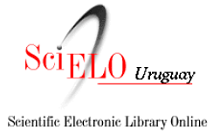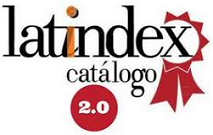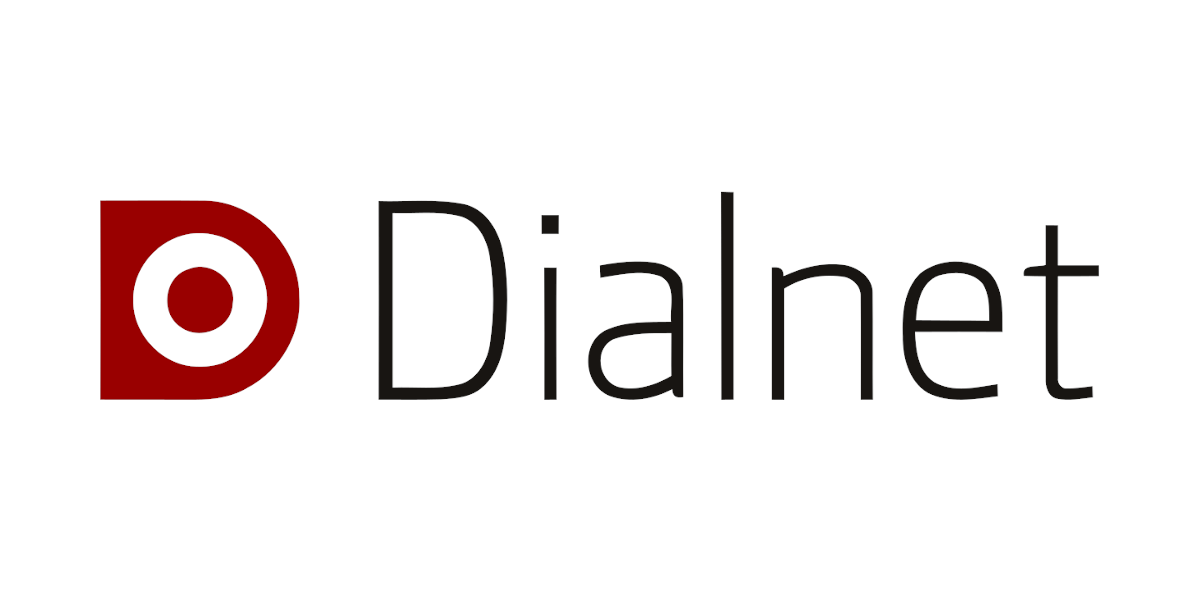Ácidos grasos de glicerolípidos y glicerofosfolípidos en yema de huevos procedentes de un sistema de producción free range
Palavras-chave:
Ácidos grasos, Huevos, Sistema al aire libreResumo
Eggs are a very valuable protein source, lipids and minerals (Cabrera et al., 2006). Lipids depend on the diet composition (Milinsk et al., 2003) and it is a good way to contribute with fatty acids needed for human nutrition and health (ISSFAL). In this sense this work aimed to evaluate the fatty acids composition of glycerolipids and glycerophospholipids of yolk eggs and the evolution through the productive cycle of laying hens in a free range production system. Layers, Hy-Line Brown, were located in three experimental Units (100 birds each one) receiving a diet formulated with corn and soybean expeller, salt, premix, calcium carbonate and phosphate monocalcium (2700 kcal/kg ME, 18 % CP, 4 % lipids), and with access to pasture (ryegrass and oat) and a alfalfa (silo pack). Eggs laid in two days consecutively during three productive phases, initial (34 weeks), middle (60 weeks) and final (82 weeks) were studied fresh and after storing to 4 ºC during 28 days. Yolk fresh and stored and diet, pasture and alfalfa silo pack were analyzed for total and phospholipids’s fatty acids. Total lipids were extracted with Soxhlet procedure (hexane) for diet, pasture and alfalfa silo, and Folch et al. (1957) procedure (methanol:chloroform; 1:2 and 1:20 yolk:solvent) for yolk egg. Then a methylation was carried up with KOH cold (Hichihara, 2010). Quantification of fatty acids was realized by Gas Chromatography (Clarus 500, Perkin Elmer, Split/Splitless) equipped with capilar column (CPSil-88, 100 mts), ramp of temperature and 1 ul vol injected. A mix of standard was used (FAME Supelco, 37 fatty acids). Results were expressed as % of total fatty acids or % of phospholipids. Data presented as mean ± SEM were analyzed by ANOVA one way for each fatty acid between the three phases studied. Fatty acid profile for each yolk shows the richness in n-3 fatty acids, as 18:3n-3, EPA and DHA in glycerolipids and glycerophospholipids, likely due to alfalfa included in the diet (rich in 18:3n-3). During the productive cycle in a free range system, linoleic acid in yolk shows a significant decrease (1.3 ± 0.01, 0.78 ± 0.01 and 0.75 ± 0.01 %; P<0.05) of total fatty acids, while a relative constant value of DHA is maintained from 34 up to 82 weeks of age, 1.08 ± 0.02, 1.03 ± 0.01 and 0.93 ± 0.01 % for glycerolipids in yolks, whereas in glycerophospholipids the values of DHA are 4.62 ± 0.03, 3.93 ± 0.02 and 4.0 ± 0.01 % respectively. No difference was obtained between these values (P<0.05). DHA deposited in yolk is prioritized by the hens assuring an egg with the highest quality in lipids profile. The contribution for human health from these eggs was already 2.7, 2.5 and 2.6 mg DHA/g of yolk at 34, 60 and 82 weeks of age of hens. Storage only affected yolk from hens of 82 weeks of age (P<0.05) with a decrease in PUFA’s at 28 days. A yolk coming from a free range system without supplementation in lipids sources enriched with n-3 contributes with 85 to 120 mg of sum of 18:3n-3, EPA and DHA for a yolk about 16 grams, and this is an excellent way to add essential fatty acids to human nutrition.
Downloads
Publicado
Como Citar
Edição
Seção
Licença
Copyright (c) 2025 Sociedad de Medicina Veterinaria del Uruguay-Facultad de Veterinaria, Universidad de la República

Este trabalho está licenciado sob uma licença Creative Commons Attribution 4.0 International License.











